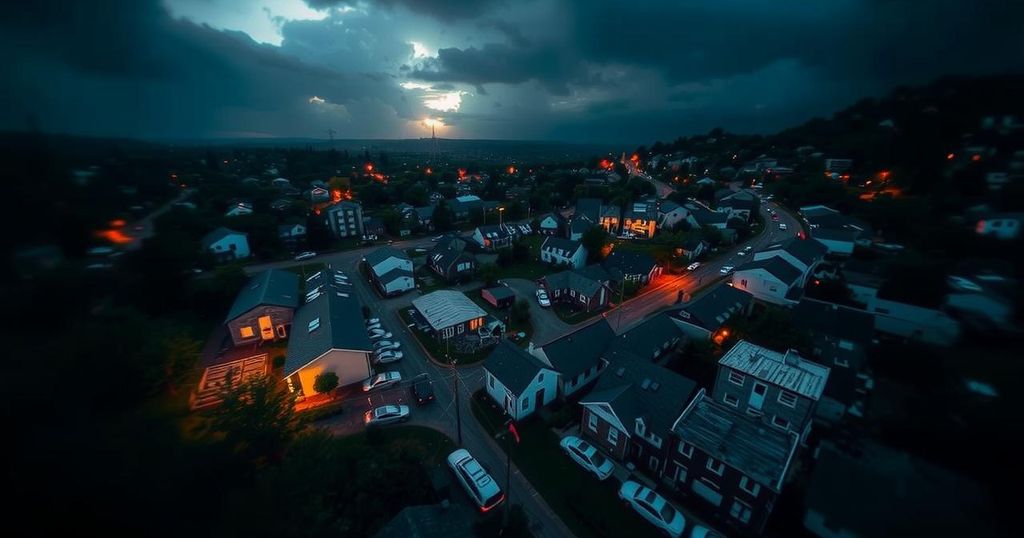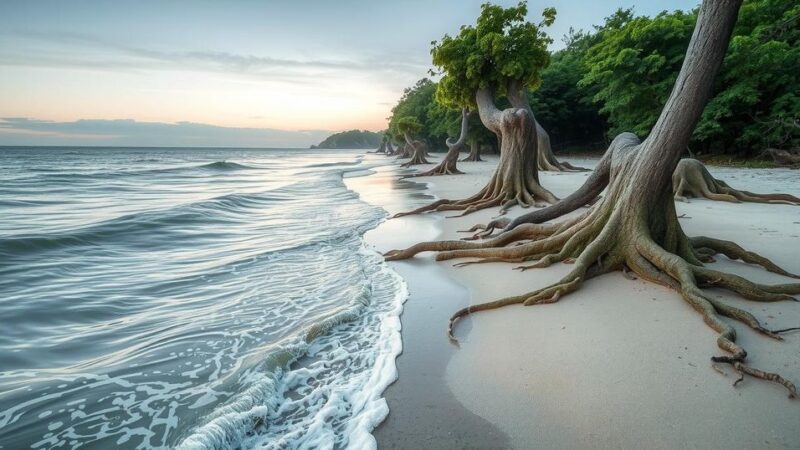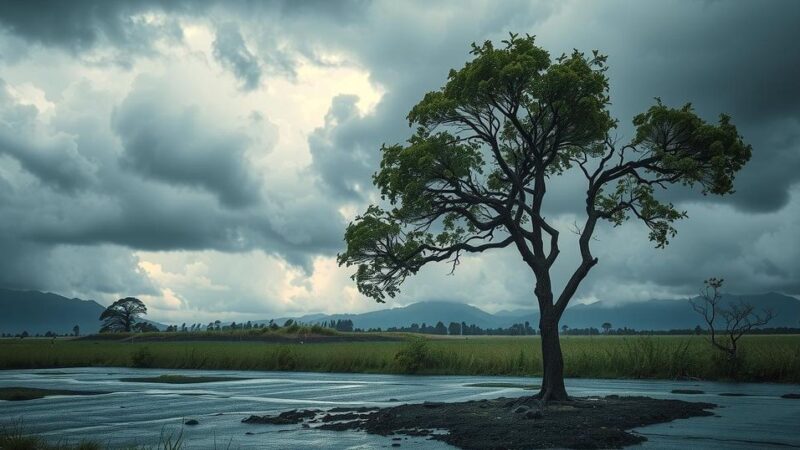Climate change is exacerbating violent weather patterns, severely impacting poor farmers and fisherfolk in South and Southeast Asia. The current monsoon season has witnessed record highs in both heat and rainfall following a long drought. Factors including overfishing and the effects of climate change are leading families to migrate in search of better lives. Scientific studies link increased storm severity and frequency to anthropogenic climate change. Global leaders are called to action to invest in eco-friendly energy solutions to mitigate these impacts.
Recent violent weather patterns, significantly intensified by climate change, are disproportionately affecting the poorest communities, particularly farmers and fisherfolk in South and Southeast Asia. This year’s monsoon season has been devastating, concluding a prolonged drought with record-breaking heat and rainfall, underscoring the direct consequences of anthropogenic pollution. The communities at the forefront of this crisis face an array of challenges that compound their struggle for survival. Issues such as illegal fishing practices, the use of destructive gear like electric nets and trawlers, and the construction of upstream dams exacerbate their plight by diminishing their already precarious fishing yields. Given their hand-to-mouth existence, these environmental stresses force many families to migrate, seeking better living conditions. The scientific understanding of climate change, initially theorized by Svante Arrhenius in 1896 and further evidenced by Guy Callendar in 1938, has evolved into a global issue recognized by significant proceedings like the first Conference of the Parties (COP) in Berlin in 1995. The intricate interplay of oceanic patterns such as the Indian Ocean Dipole and El Niño illustrates how rising sea temperatures can lead to both drought and flooding, affecting regions far apart from each other. The predictions indicate a concerning trend towards more frequent occurrences of extreme weather – an increase from once every 17.3 years to approximately once every 6.3 years due to global warming. These patterns have resulted in catastrophic impacts across the globe including severe typhoons and hurricanes. In September alone, Typhoon Yagi claimed hundreds of lives in Southeast Asia, affecting millions, particularly children who were deprived of essential services. In recent months, historical temperature highs have been recorded, with devastating storms leading to loss of life and immense economic damages, particularly seen in Florida from Hurricane Milton, which is estimated to generate losses exceeding $100 billion. A study by World Weather Attribution has established clear links between human-induced climate change and intensified storm patterns, making these once rare events disturbingly common. These increasingly frequent mega-storms not only cause immediate destruction but also have longer-term implications on agriculture, housing, and economic stability, disproportionately impacting those in lower socio-economic strata who are often living in inadequately built structures. The cycle of poverty and environmental degradation is further deepened by issues such as drowning and health crises caused by poor water safety and air quality deteriorating due to climate-related events. Responses to climate change are now imperative, with governmental commitments made during COP 28 highlighting the necessity for substantial financial investment in sustainable energy solutions. Notably, leaders, including Pope Francis, have underscored the profound moral and spiritual implications of climate change, advocating for a committed response to preserve both nature and communities affected by environmental degradation.
The context of this article is rooted in the broader narrative of climate change and its disproportionate impact on vulnerable populations, particularly those engaged in agriculture and fishing in developing regions. The fluctuating weather patterns driven by climate change, including increased severity and frequency of monsoons, hurricanes, and typhoons, contribute to a humanitarian crisis that demands urgent attention. Understanding both the historical perspective of climate science and the specific socio-economic challenges faced by low-income communities is essential to grasp the gravity of the situation.
The increasing frequency and intensity of violent weather patterns related to climate change present a significant threat to the livelihoods of the world’s poorest communities. Immediate action is required to address these environmental challenges, not only through increased investment in sustainable energy but also through comprehensive support systems aimed at safeguarding the most affected populations. The calls for collective responsibility from global leaders and figures like Pope Francis must translate into decisive measures to combat climate change and assist those in dire need.
Original Source: www.heraldmalaysia.com







